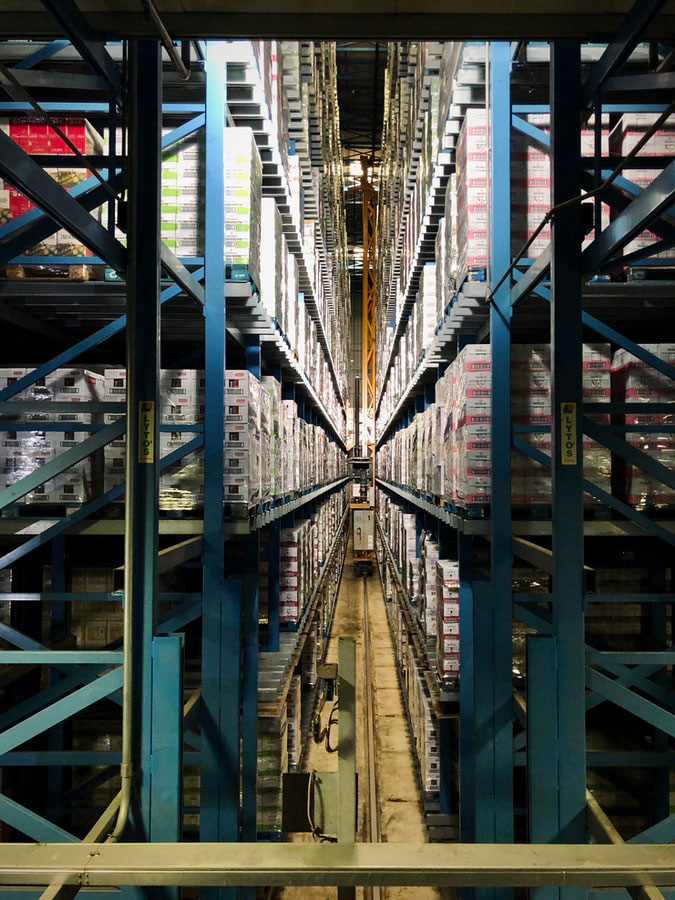Why manufacturers need to reorient supply chains around the consumer needs to drive post-pandemic growth.

By Oliver Wright, global lead of Accenture’s Consumer Goods & Services industry group
Manufacturers have been through a challenging twelve months. A combination of lockdowns, store closures, home working and other essential measures changed market demands overnight.
In recent years, manufacturers have been challenged to find growth. For instance, the vast majority of food and beverage businesses, for instance, are seeing growth of less than 3% according to Accenture’s analysis. And across industry segments, growth has been trending downward for five years now, culminating in the unprecedented disruption of 2020.
As we look to the post-pandemic recovery, it’s clear that renewed growth is essential for manufacturers. And supply chains will be central to finding that growth. However, companies will need to stop seeing it as a cost center from which to drive ever greater efficiencies if the supply chain is to take on this enhanced role. Instead, the whole supply chain needs to be reconfigured as a driver of growth.
Successful manufacturers will be those that reorient their supply chain around what consumers value. At Accenture, this is what we call the “consumer-centric supply chain”. It’s a supply chain model that ensures the whole business is laser-focused on delivering consumer needs by making use of widespread digital connectivity and data-led intelligence.
The precise capabilities needed to create a consumer-centric supply chain will usually depend on an individual company’s unique context and objectives. Accenture’s analysis highlighted some common characteristics that successful manufacturers will typically share.
Firstly, manufacturers leading the way in supply chain management can segment their value chains by product and/or customer needs. This is perhaps what distinguishes true consumer-centricity more than anything else. They view the supply chain not as a monolithic entity, but rather as a series of distinct value chains each with its own set of shared requirements and each delivering outcomes for a particular group of consumers.
These supply chain leaders typically design for margin capabilities across the ecosystem, providing the ability to deliver the right product portfolio at optimal cost. They also tend to have concurrent planning and execution capabilities, enabling them to synchronize re-planning so they can adapt quickly to new data insights.
Moving from a product-centered supply chain into a consumer-centric supply chain requires rethinking not only the configuration of the supply chain itself, but also its use of digital technologies and supporting operating model and ways of working.
Once the value chain has been segmented, the supply chain needs to be reconfigured to deliver the needs of each segment at scale. Ideally, this reconfiguration capability will be dynamic, enabling the network to be flexed quickly in response to changing market and business requirements. We often see companies choosing to go “asset light” to achieve this level of agility. By outsourcing some of the asset-heavy aspects of the supply chain, they create significantly more flexibility in their network for responding to new consumer and business needs.
Another key requirement across the value chain is digital connectivity. This is the only way to enable the cross-functional decision-making that consumer-centric supply chains need. In the same way, siloed supply chain operating models need to be transformed for greater collaboration and cross-domain decision making.
There is considerable value to be captured here. Our analysis suggests that intelligence-led supply chains can support revenue growth of as much as 3% through improved product availability, better customer experience, and fewer lost sales. There is similar potential to improve profitability and optimize working capital, as well as numerous other opportunities in enhancing value propositions, product sustainability and customer trust.
For example, when Accenture asked nearly 200 industry supply chain executives about their value proposition priorities, one of the most frequently cited was the need to create connected customer experiences.
Having a personalized multi-channel experience was already important of course, but with the pandemic putting digital adoption into overdrive, industry executives now correctly believe it’s an essential requirement of doing business. To support that connected experience, companies need supply chains that are tailored to each consumer segment and responsive to changing needs—both key capabilities of a consumer-centric supply chain.
Other priorities, like consumer trust and greater sustainability are equally well supported by greater consumer-centricity. By providing end-to-end transparency, digitally connected supply networks can, for example, provide the intelligence needed to enhance a product’s sustainability as well as prove its social responsibility credentials to consumers.
The majority of players in the industry share is a need for greater digital connectivity across the supply chain, supported by flexible processes and cross-functional decision-making, and greater organizational agility and responsiveness.
It is this foundation that will enable manufacturing companies to segment and organize their value chain around customer outcomes—and deliver those outcomes with a flexible supply network supported by digital technology. Having an enhanced focus on consumers will be essential as manufacturers look for that much-needed boost to growth in the years to come.

Oliver Wright the global lead for Accenture’s Consumer Goods and Services industry group. Oliver works with the C-suite of leading companies to set strategy and guide growth, developing offerings and thought leadership to help consumer goods clients become more agile and innovative, transform and reshape their businesses for growth.
In this episode, I sat down with Beejan Giga, Director | Partner and Caleb Emerson, Senior Results Manager at Carpedia International. We discussed the insights behind their recent Industry Today article, “Thinking Three Moves Ahead” and together we explored how manufacturers can plan more strategically, align with their suppliers, and build the operational discipline needed to support intentional, sustainable growth. It was a conversation packed with practical perspectives on navigating a fast-changing industry landscape.